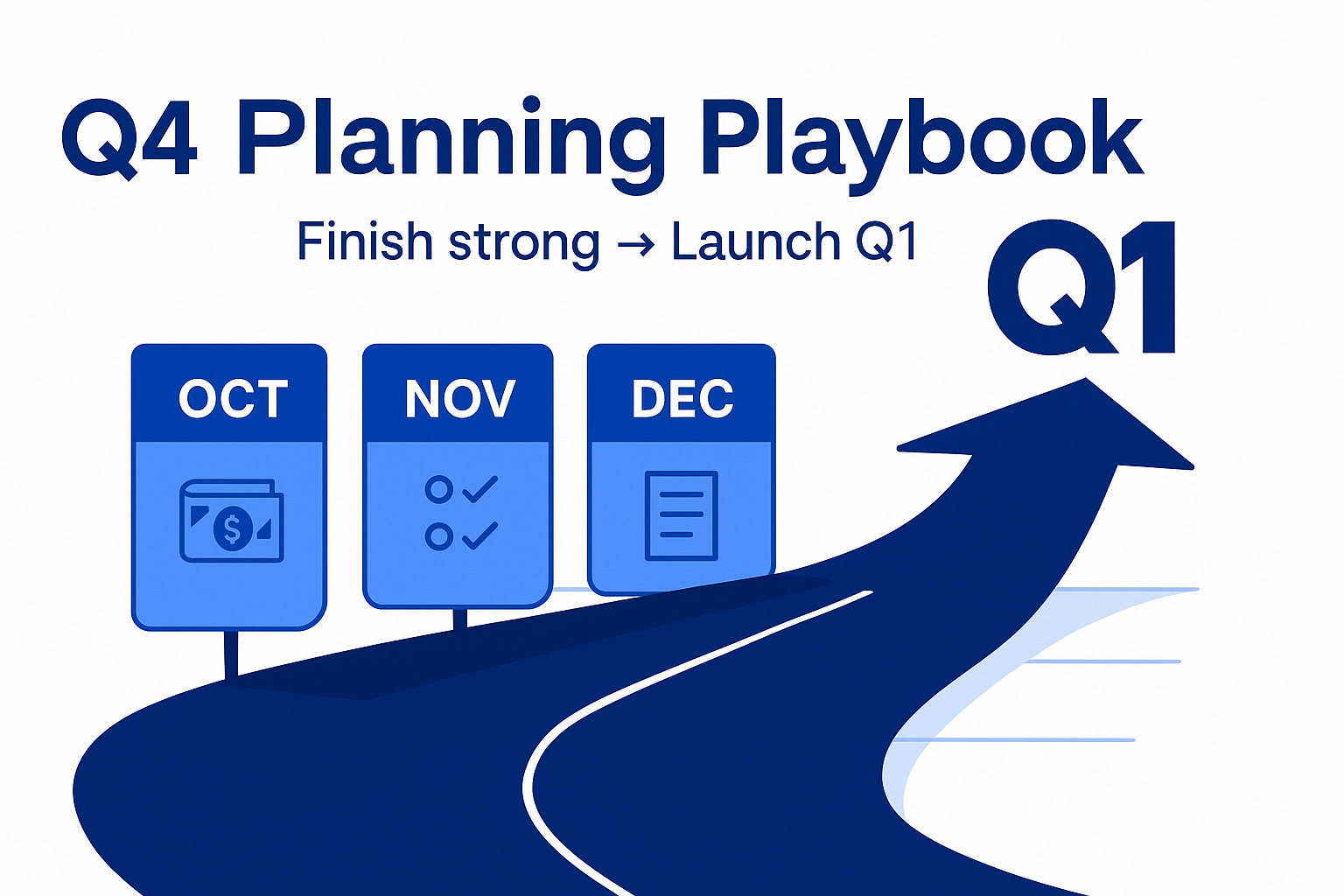
Did you know that 2018 was the HUGE tax savings year for business owners when the President signed into law a shiny new deduction – the Qualified Business Income Deduction under Section 199A?
The Tax Cuts and Jobs Act was a huge boon for agencies, coaches, and creators in the US, especially when the Qualified Business Income Deduction under Section 199A was introduced. For reference, a major tax reform like this hadn’t happened since 1987 (over 30 years!)
How the Qualified Business Income Deduction Works
One of the major changes to the Tax Code in 2017 was providing small business owners with a massive tax break for – 20% super deduction for qualified business income. We call this a super deduction because it’s a tax benefit that’s generated out of thin air and not tied to any of your business expenses.
It was introduced to level the playing field between the reduced tax rates for corporations and the higher tax rate for individual business owners. The super deduction haircuts your net business income you report on your tax return to 80%.
Qualified Business Income Deduction – Six-Figure Agency
Let’s assume you run your marketing agency in a wholly-owned Limited Liability Company (“LLC”):
- You gross $10,000 in revenue per month from running paid advertising campaigns for your clients.
- You incur $1,000 in expenses per month to manage your back office platforms and software.
- Your total business profit in 2019 is $108,000.
Assuming that the various limitations don’t apply, your super deduction is $21,600. Your after-tax savings could be anywhere between $3,000 to $6,000 (based on your marginal tax rate.)
What’s The Catch?
You can never assume that you’re going to get the full benefit of a tax break because of all the exceptions in the tax code.
There are two primary limitations that impact business owners trying to take advantage of the super deduction. Both limitations kick in once you’ve exceeded the lower income threshold – $170,050 for single filers and $340,100 for joint filers (as of 2022.) The higher income threshold ends at $220,050 for single filers and $440,100 for joint filers. These thresholds are adjusted for inflation every year.
The two primary limitations that apply to business owners are:
- Specified Service Trade or Business (“SSTB”)
- Wages Paid to Employees (“W-2 Wages”)
Let’s explore both limitations below.
Limitation #1: Specified Service Trade or Business
The first limitation is if your business is classified as a specified service trade or business (“SSTB”) This is bad. The general rule of thumb is: if the income of your business depends on the reputation and/or skill of one employee, then your business income would be categorized as an SSTB.
If your business is an SSTB, every additional dollar your business makes over your income threshold will reduce your super deduction by 1%. So if you’re single and making over $207,500 then you’re SOL. This limitation applies on top of the W-2 Wages limitation found below.
How do you avoid classifying your practice as an SSTB if you’re over the income threshold? It depends on your business model.
If your business model is:
- Selling courses or information products
- Selling your likeness or appearance for commissions, royalties, etc.
Then your QBI deduction might fall under the SSTB limitations.
However, if your business model is:
- Bundling services through a group coaching or 1-on-1 program
- Running an agency where employees and contractors are performing most of the marketing work
Then it’s more likely that your super deduction will not be classified as an SSTB.
Limitation #2: Share of W-2 Wages
The W-2 Wage limitation becomes a factor after you’ve exceeded the lower income threshold.
If you pay employees (1099 contractors don’t count) in your business then it’s possible that the 50% W-2 wage limitation won’t apply. You might still be able to claim the full deduction even after you’ve exceeded the lower Income Threshold (assuming your business isn’t an SSTB.)
If you don’t have employees, then you would look to the 2.5% of unadjusted tax basis limitation which, if you’re running a digital marketing agency, won’t be very much if anything at all.
Note that if your tax classification is an S-corporation or corporation, your business should be paying at least one employee – yourself. If not, you might need to get in touch with a tax advisor to fix that for you.
Not Sure How This Applies To You? Ask An Advisor!
As with all things in the tax world, the tax benefits you’re entitled to are going to depend on too many factors for you to research on your own. If you’re not sure on how these rules apply to your practice, touch base with your tax advisor. They should be able to work through your fact pattern to see if you’re eligible for immediate tax savings.
The Clever Writing Team
The CleverProfits writing team includes various team members in Advisory, Financial Strategy, Tax, and Leadership. Our goal is to provide relevant and easy-to-understand financial content to help founders and business leaders reach their true potential.






